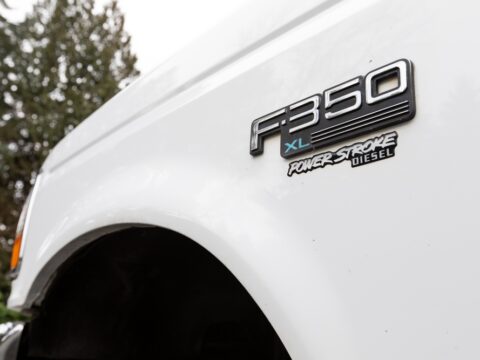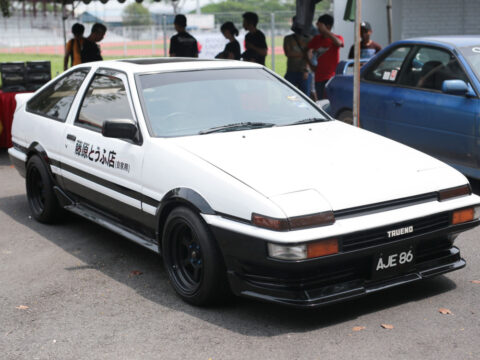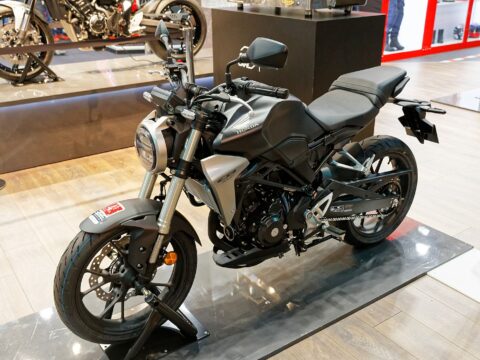Military Jeeps have played a crucial role in various conflicts, with each model having its unique story and impact. These Jeeps not only served on the front lines but also influenced the design of future military and civilian vehicles. Here are some of the most influential military Jeeps and their stories.
Contents
Toyota Mega Cruiser (1995-2002)
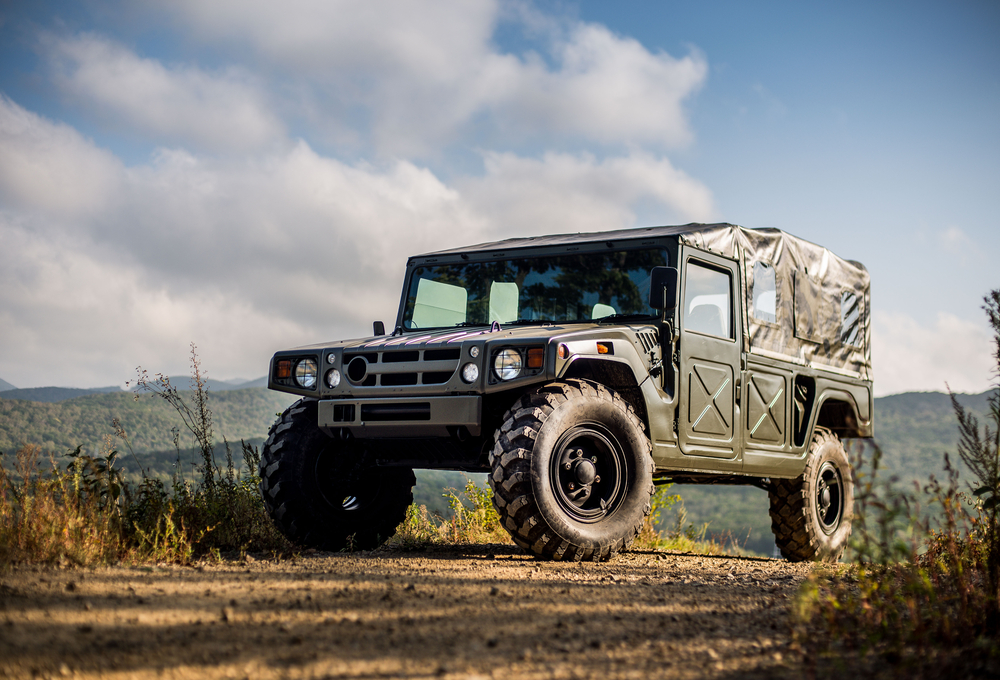
The Toyota Mega Cruiser was developed for the Japanese Self-Defense Forces and featured a 4.1-liter turbodiesel engine producing 153 horsepower. It offered exceptional off-road capabilities, with four-wheel steering and a high ground clearance. The Mega Cruiser was used for various military applications, including troop transport and reconnaissance. Although it never gained the same popularity as the Humvee, its advanced design and capabilities have influenced the development of military and off-road vehicles.
Willys MB (1941-1945)
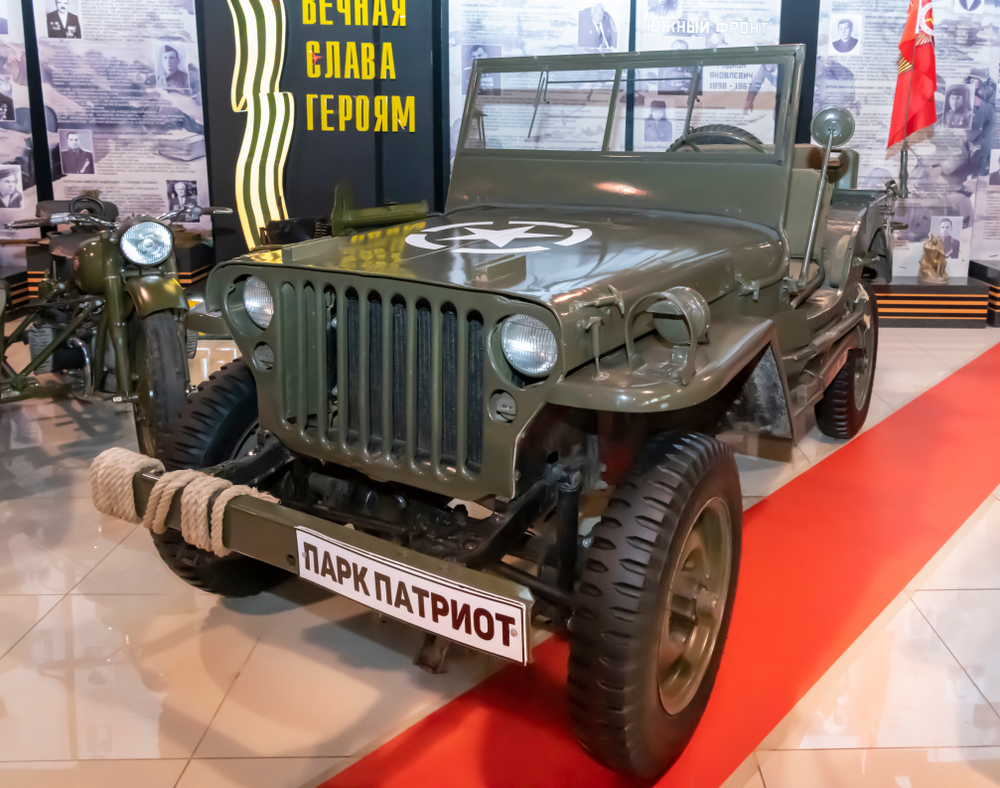
The Willys MB, also known as the “Jeep,” is perhaps the most iconic military vehicle of all time. Developed during World War II, the MB was designed to meet the U.S. Army’s need for a lightweight, all-terrain reconnaissance vehicle. Powered by a 2.2-liter “Go-Devil” four-cylinder engine producing 60 horsepower, it could carry a payload of 800 pounds and reach a top speed of 65 mph. The MB’s ruggedness, versatility, and reliability made it a favorite among soldiers. It played a crucial role in numerous theaters of war, including North Africa, Europe, and the Pacific. The MB’s legacy continues today, as its design laid the foundation for all subsequent Jeep models.
Ford GPW (1941-1945)
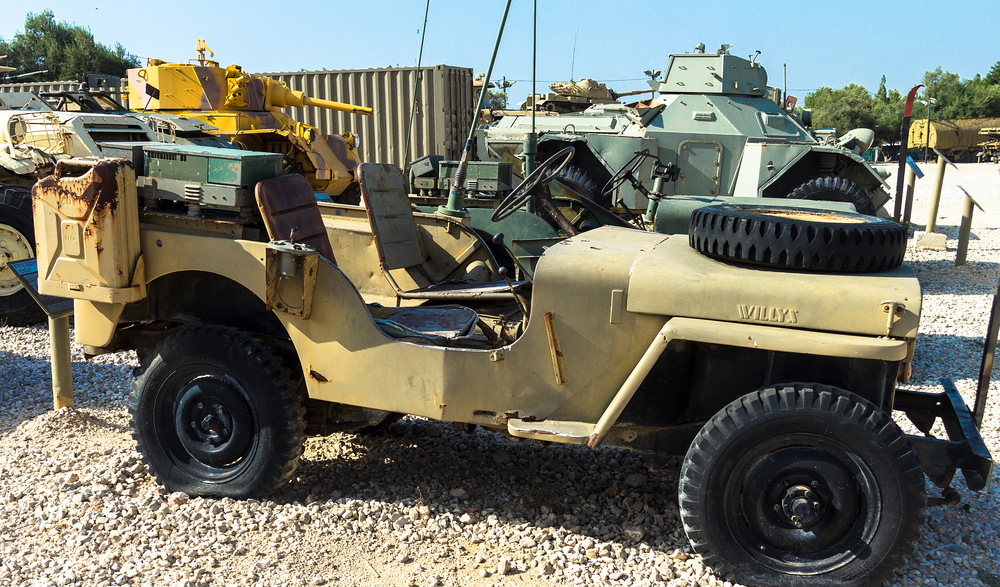
The Ford GPW was produced concurrently with the Willys MB during World War II. It was nearly identical to the Willys MB, sharing the same design, specifications, and interchangeable parts. The GPW featured the same 2.2-liter “Go-Devil” engine and had similar performance characteristics. Ford produced around 277,000 GPWs during the war, making it equally as important as the Willys MB in supporting Allied operations. The GPW’s contribution to the war effort and its rugged reliability cemented its place in military history.
Willys M38 (1950-1952)
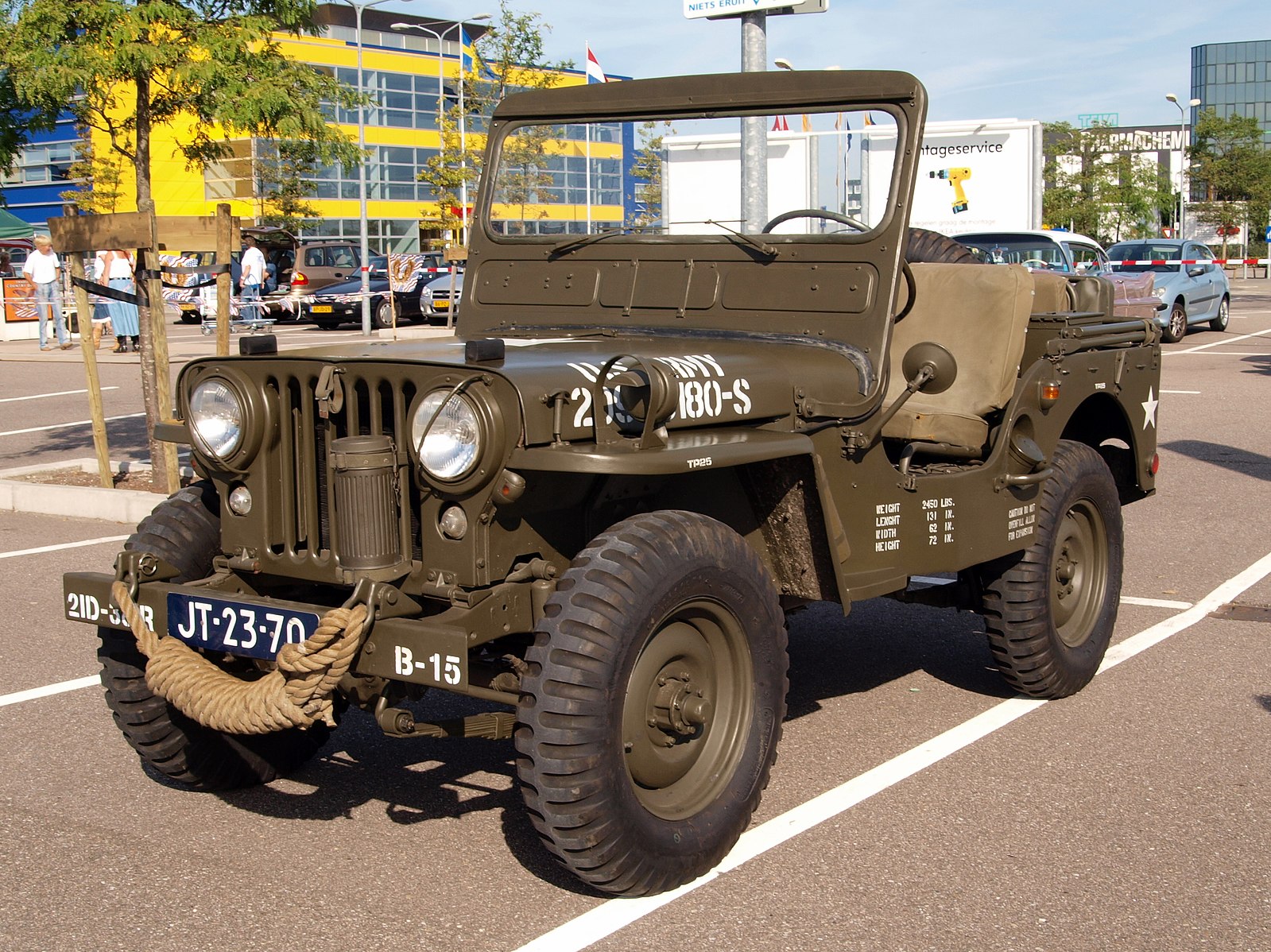
The Willys M38 was an improved version of the wartime Willys MB, developed for use during the Korean War. It featured a waterproof 2.2-liter L-head four-cylinder engine producing 60 horsepower and enhanced electrical systems to withstand harsh conditions. The M38’s ability to operate in water up to 24 inches deep and its robust design made it a reliable vehicle for reconnaissance and transport. The M38 was instrumental in supporting U.N. forces during the Korean War, demonstrating the continued evolution of the military Jeep.
Willys M38A1 (1952-1971)
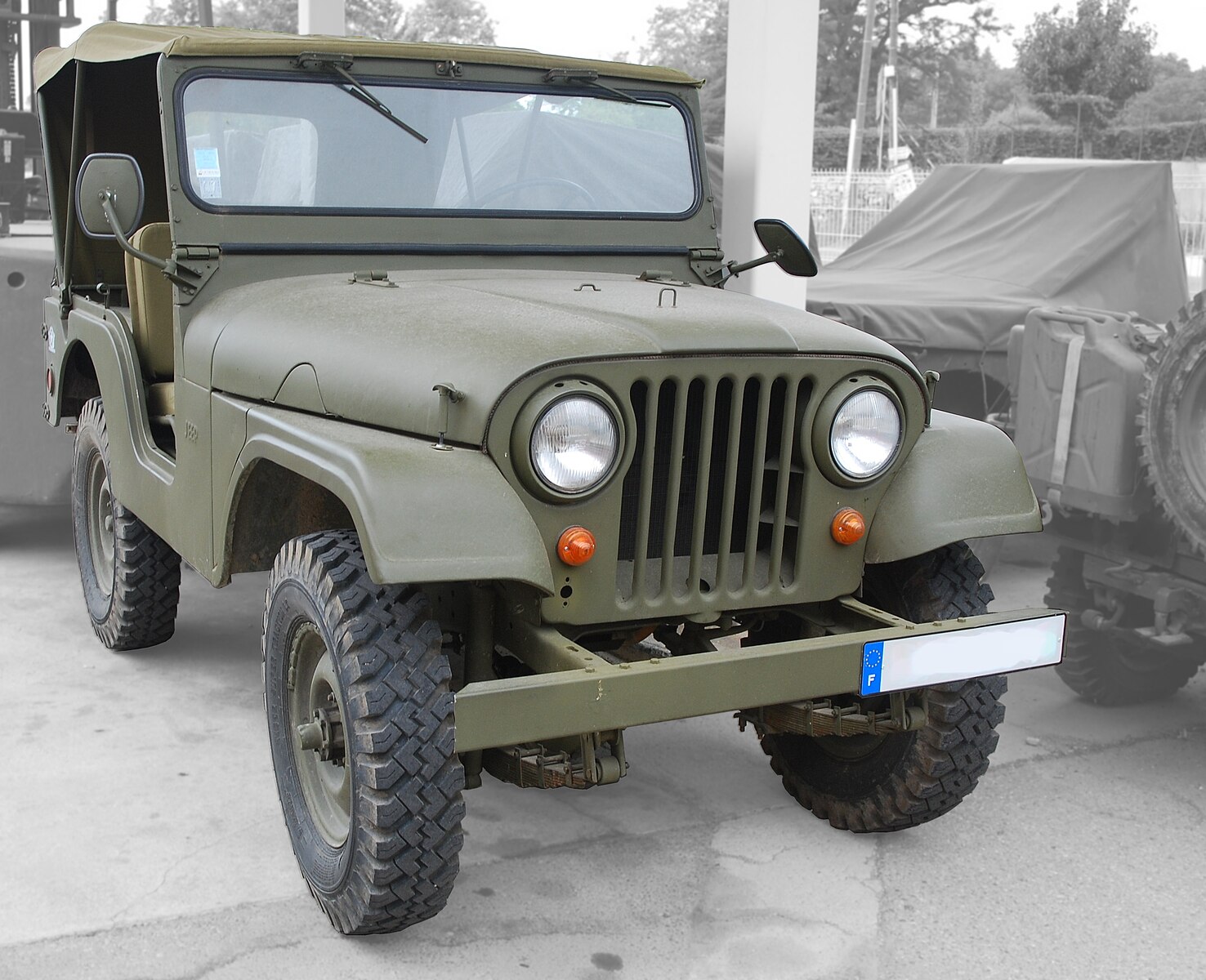
The Willys M38A1, also known as the “MD,” introduced the rounded fender design that would later become a hallmark of civilian Jeep models. Powered by the more powerful 2.2-liter F-head four-cylinder engine producing 72 horsepower, the M38A1 offered improved performance and durability. It saw extensive use during the Korean War and in the early years of the Vietnam War. The M38A1’s design and engineering advancements made it a significant step forward in military Jeep development.
M151 MUTT (1959-1982)

The M151 Military Utility Tactical Truck, commonly known as the “MUTT,” was developed by Ford to replace the M38 and M38A1. Featuring a 2.3-liter inline-four engine producing 71 horsepower, the M151 had a unibody construction and independent suspension, which improved its off-road capabilities. It saw extensive service during the Vietnam War, where its versatility and reliability were highly valued. The M151’s advanced design and widespread use make it one of the most influential military Jeeps of its time.
Land Rover Series I (1948-1958)
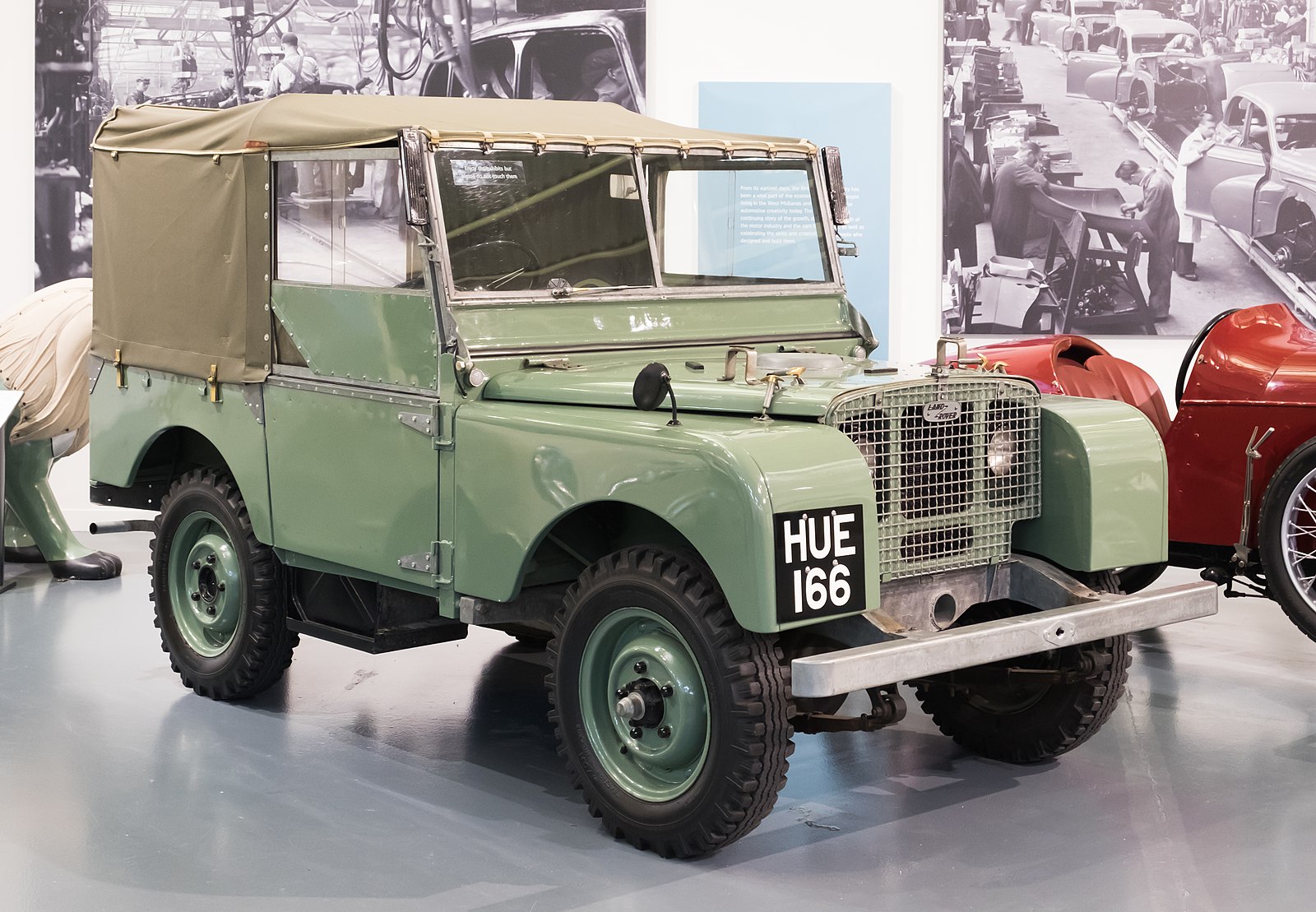
The Land Rover Series I was developed in post-World War II Britain as a versatile, all-terrain vehicle for both civilian and military use. Powered by a 1.6-liter inline-four engine producing 50 horsepower, it was robust and capable of handling rough terrain. The British Army and other military forces around the world adopted the Series I, appreciating its durability and versatility. It played a significant role in numerous conflicts, including the Korean War and various post-colonial wars in Africa and Asia.
Willys MA (1941)
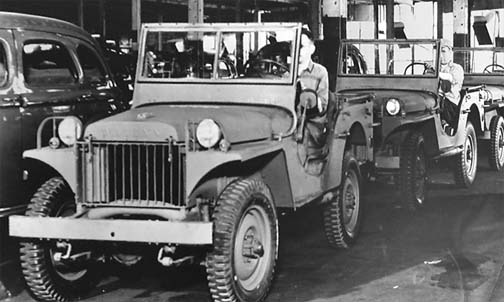
The Willys MA was the prototype that led to the development of the Willys MB. Although only around 1,500 units were produced, the MA featured many innovations that would become standard in the MB, including four-wheel drive and a lightweight design. The MA was used in early World War II testing and training, helping to refine the specifications and performance of the MB. Its contributions to the final design of the MB make it a pivotal vehicle in military Jeep history.
Austin Champ (1951-1956)
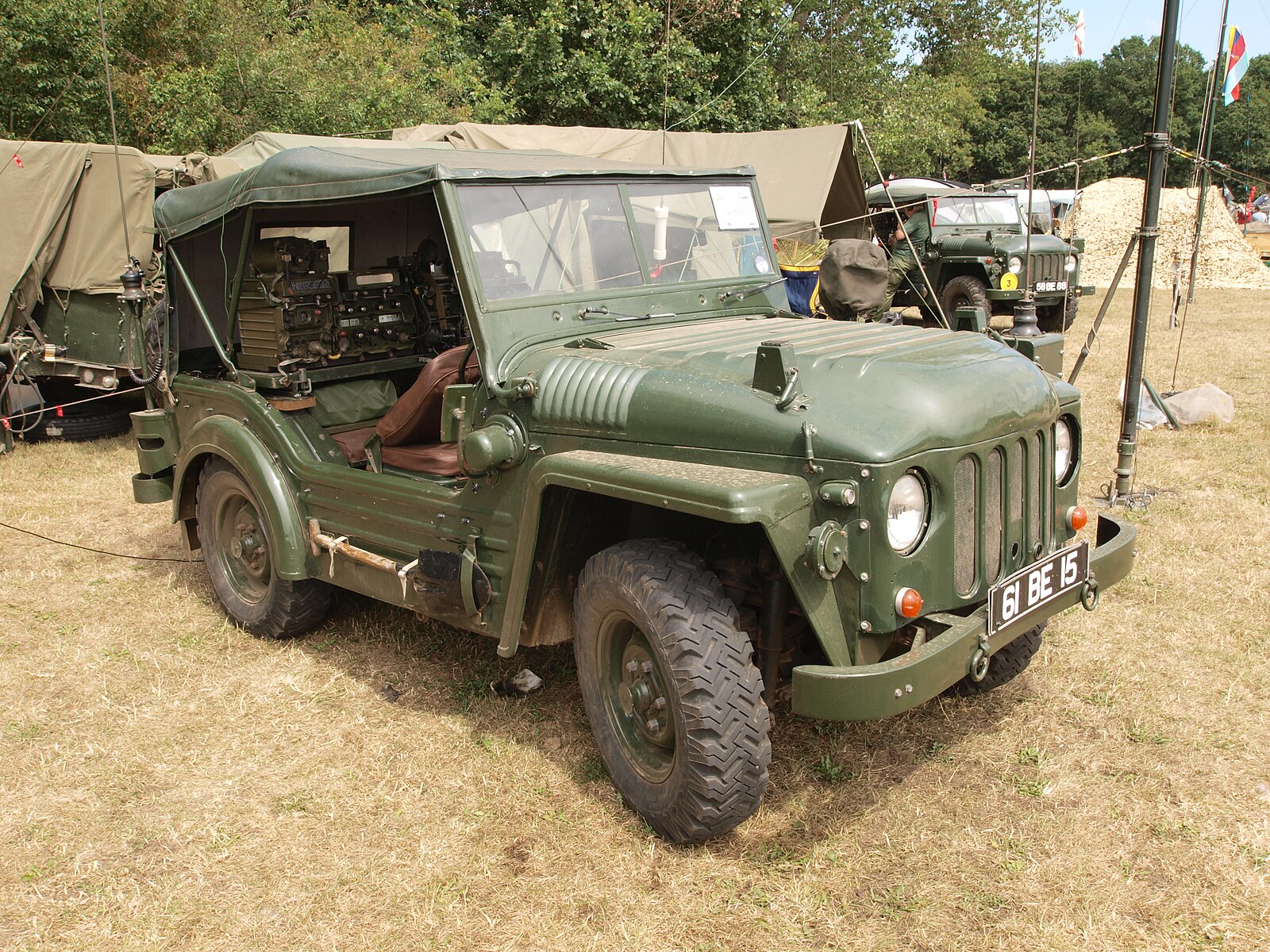
The Austin Champ, developed for the British Army, was a versatile 4×4 vehicle with a Rolls-Royce-designed 2.8-liter inline-four engine producing 80 horsepower. It featured advanced suspension and waterproofing, making it capable of deep-water fording. Despite its innovative design, the Champ was expensive to produce and maintain, leading to its eventual replacement by the more economical Land Rover. However, its service during the early Cold War period demonstrated the ongoing evolution of military Jeeps.
Toyota Land Cruiser BJ (1951-1955)

The Toyota Land Cruiser BJ was developed in response to the Korean War, with the Japanese government needing a reliable 4×4 vehicle for its National Police Reserve. Powered by a 3.4-liter inline-six engine producing 85 horsepower, the BJ demonstrated exceptional off-road capabilities by climbing to the sixth station of Mount Fuji. Its durability and performance earned it a place in the Japanese Self-Defense Forces and later in militaries around the world. The BJ’s success laid the groundwork for the globally renowned Land Cruiser series.
GAZ-69 (1953-1972)
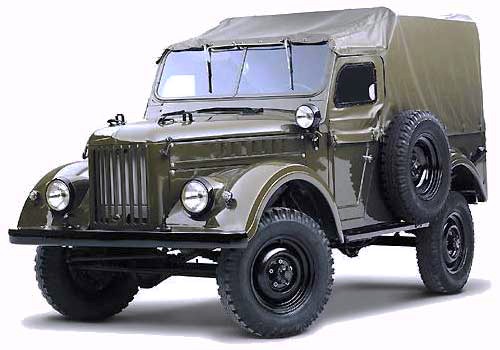
The GAZ-69, developed by the Soviet Union, was a robust 4×4 vehicle used extensively by the Red Army and Warsaw Pact countries. It featured a 2.1-liter inline-four engine producing 55 horsepower and was known for its simplicity and ruggedness. The GAZ-69 saw service in numerous conflicts during the Cold War, including the Hungarian Revolution of 1956 and the Prague Spring of 1968. Its widespread use and durability made it an influential vehicle in the Eastern Bloc.
Mitsubishi Jeep J3 (1953-1998)
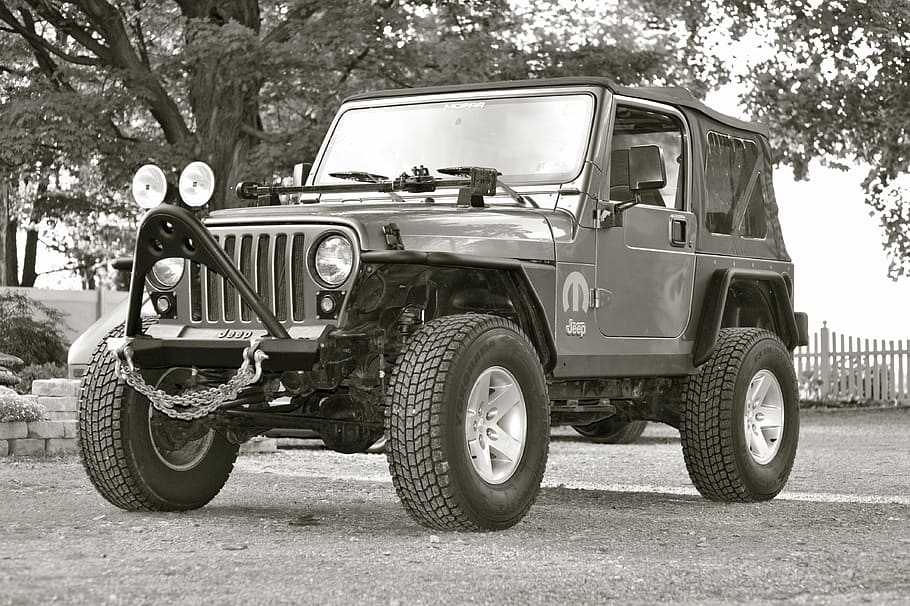
The Mitsubishi Jeep J3 was a licensed version of the Willys CJ-3B, produced for the Japanese market and military use. Powered by a 2.2-liter inline-four engine, it maintained the rugged characteristics of its American counterpart. The J3 was used by the Japanese Self-Defense Forces and in various international markets. Its long production run and continued use in military and civilian applications highlight its reliability and influence. Note that the image shown is not an actual Mitsubishi Jeep J3.
Daimler Ferret (1952-1971)
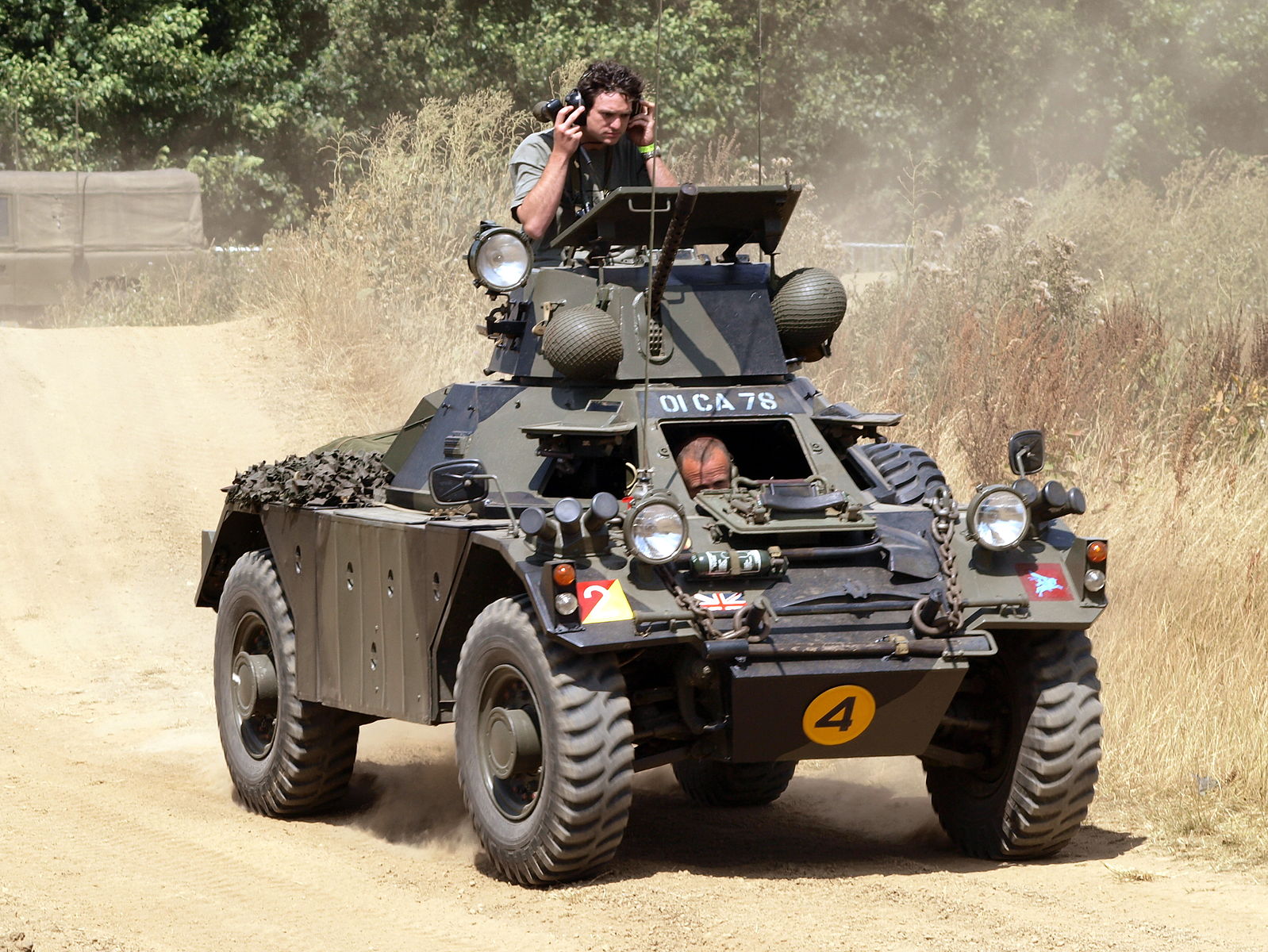
The Daimler Ferret was a British armored reconnaissance vehicle with a distinctive compact design. Powered by a 4.26-liter Rolls-Royce B60 inline-six engine, it offered both speed and protection. The Ferret was used by the British Army and many Commonwealth nations during the Cold War, seeing action in conflicts such as the Suez Crisis and the Malayan Emergency. Its combination of mobility and armor made it a valuable asset in reconnaissance missions.
Volkswagen Type 82 Kübelwagen (1939-1945)

The Volkswagen Type 82 Kübelwagen was a German military vehicle developed during World War II. Powered by a 1.1-liter flat-four engine producing 25 horsepower, it featured a lightweight design and excellent off-road capabilities. The Kübelwagen was widely used by the Wehrmacht in various theaters of war, including the Eastern Front and North Africa. Its simplicity, reliability, and versatility made it a key vehicle for the German military.
Steyr-Puch Haflinger (1959-1974)

The Steyr-Puch Haflinger was an Austrian lightweight 4×4 vehicle designed for military and civilian use. Powered by a 643cc flat-twin engine, it offered remarkable off-road performance and maneuverability. The Haflinger was adopted by the Austrian Army and other militaries for its ability to navigate challenging terrain. Its innovative design and versatility influenced the development of future lightweight military vehicles.
Mercedes-Benz G-Class (1979-Present)
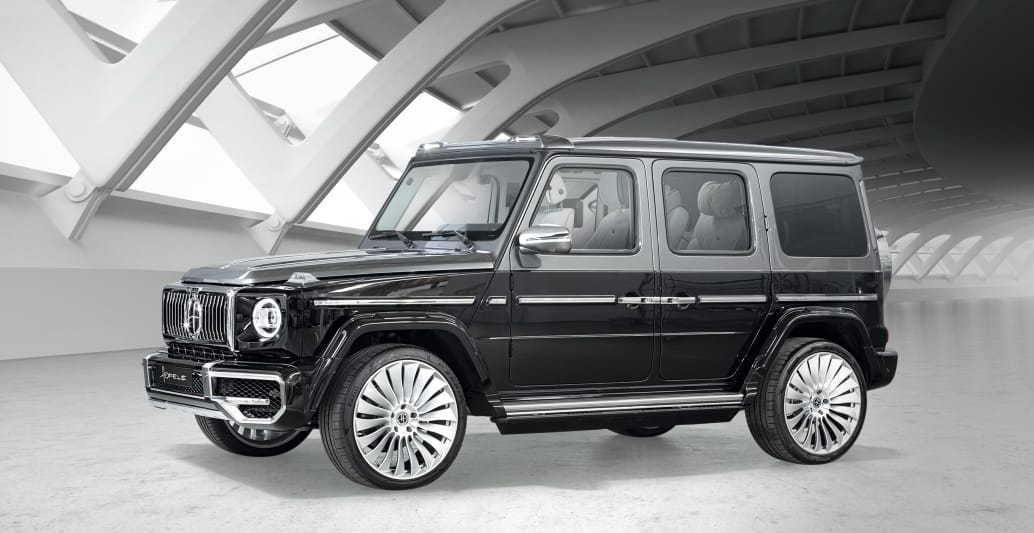
The Mercedes-Benz G-Class, initially developed as a military vehicle, has been used by various armed forces around the world. The G-Class features a range of powerful engines, including a 2.3-liter inline-four and a 3.0-liter inline-five diesel, providing excellent off-road capabilities. It has seen service in numerous conflicts, including the Gulf War and the War in Afghanistan. Its durability, versatility, and luxury adaptations have made it a highly influential vehicle in both military and civilian markets.
Humvee (1984-Present)
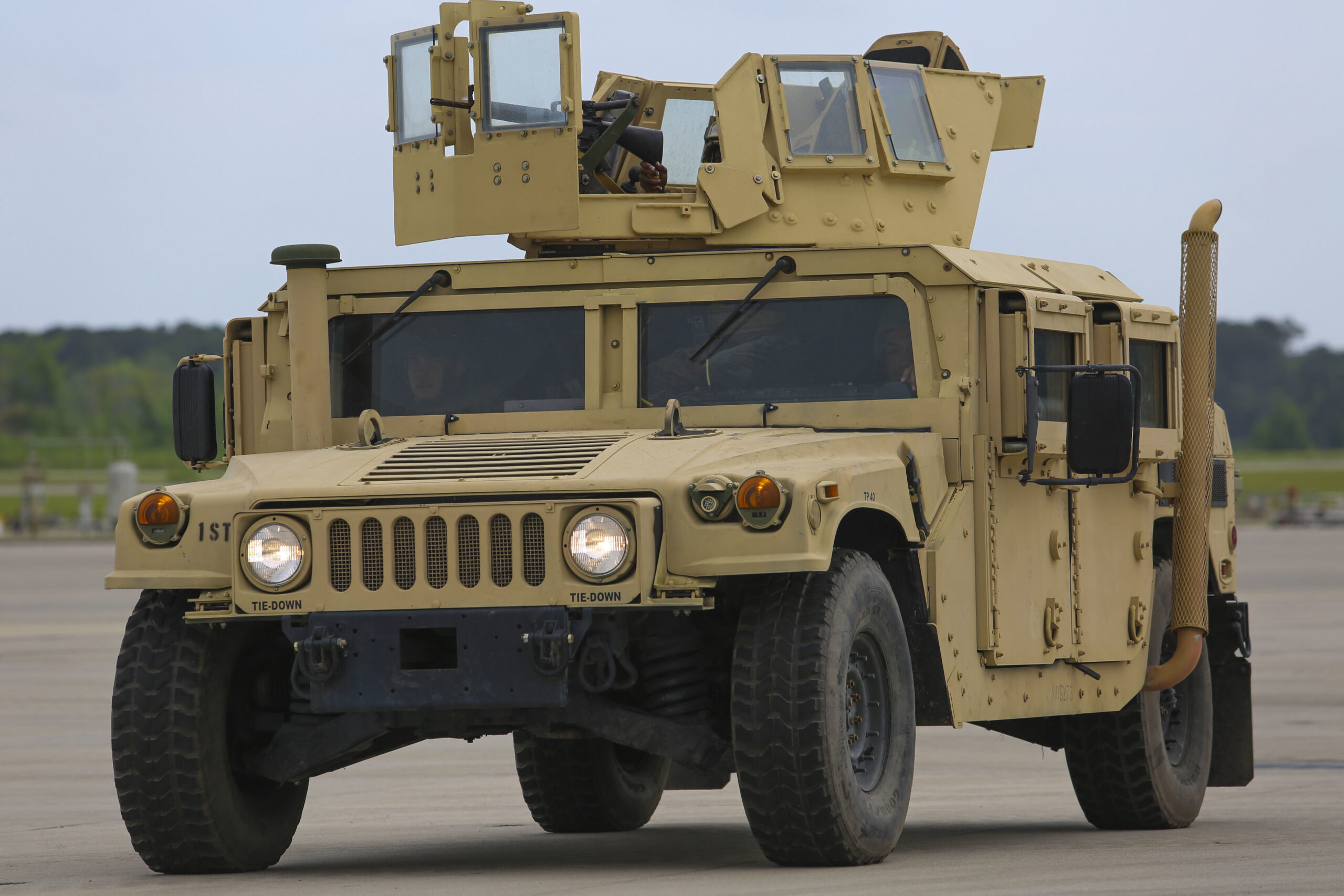
The High Mobility Multipurpose Wheeled Vehicle (HMMWV), commonly known as the Humvee, was developed by AM General for the U.S. military. Powered by a 6.2-liter V8 diesel engine, it offered exceptional off-road performance and versatility. The Humvee replaced the M151 MUTT and became the primary military vehicle for the U.S. during the Gulf War, the Iraq War, and the War in Afghanistan. Its robust design and adaptability have made it one of the most influential military vehicles in modern history.
Land Rover Defender (1983-2016)
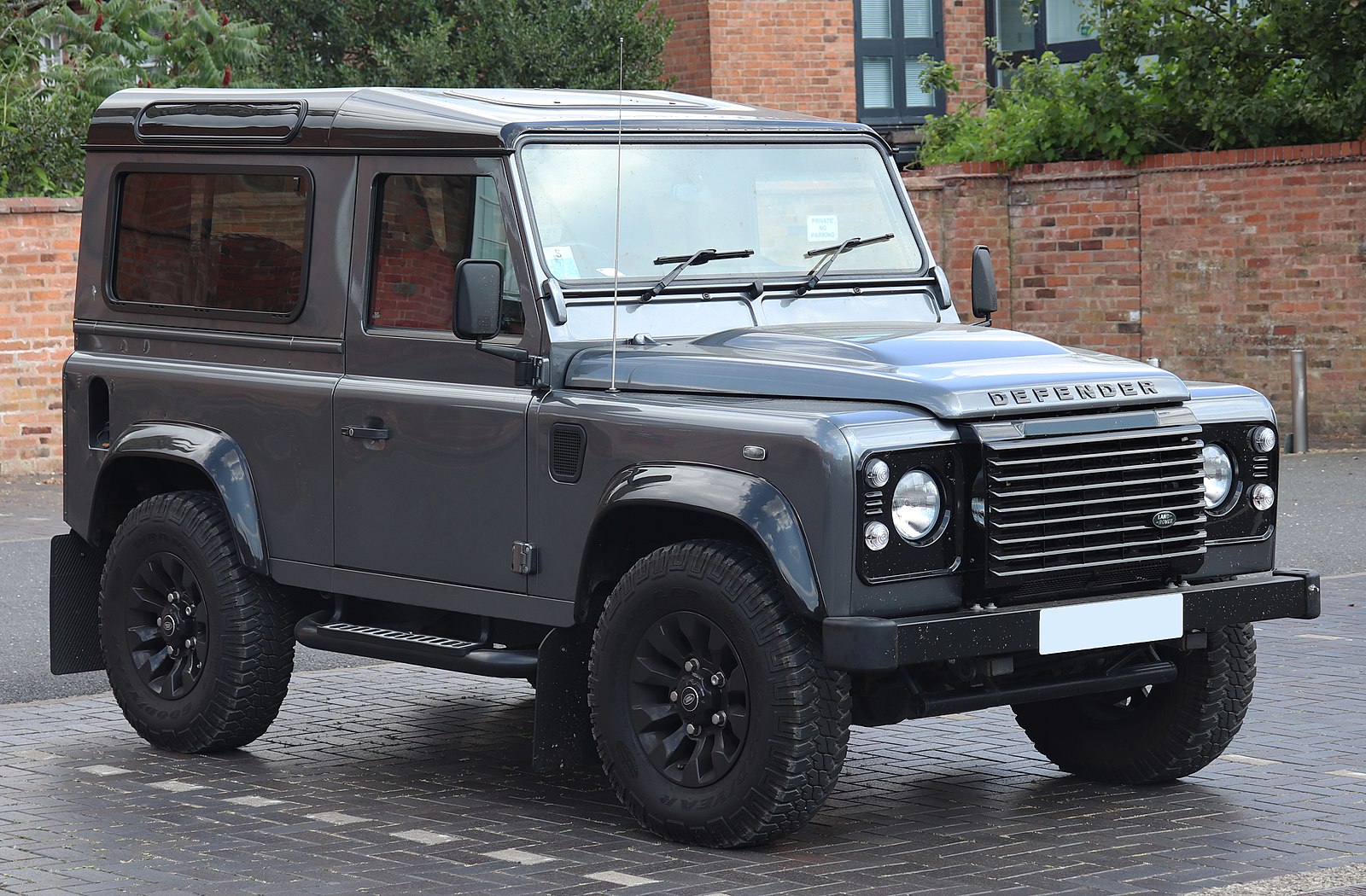
The Land Rover Defender, an evolution of the original Land Rover Series, has been used by military forces worldwide. Powered by a range of diesel and petrol engines, including a 2.5-liter inline-four diesel, the Defender offers outstanding off-road capabilities and durability. It has seen service in numerous conflicts, including the Falklands War and the War in Afghanistan. Its rugged design and reliability have made it a staple in military and humanitarian operations.
Peugeot P4 (1981-Present)

The Peugeot P4, developed for the French military, is based on the Mercedes-Benz G-Class chassis with a Peugeot engine. It features a 2.5-liter diesel engine producing 70 horsepower and offers excellent off-road capabilities. The P4 has been used extensively by the French Army in various peacekeeping missions and combat operations, including in Africa and the Middle East. Its adaptability and reliability have made it a valuable asset for the French military.
GAZ-67 (1943-1953)
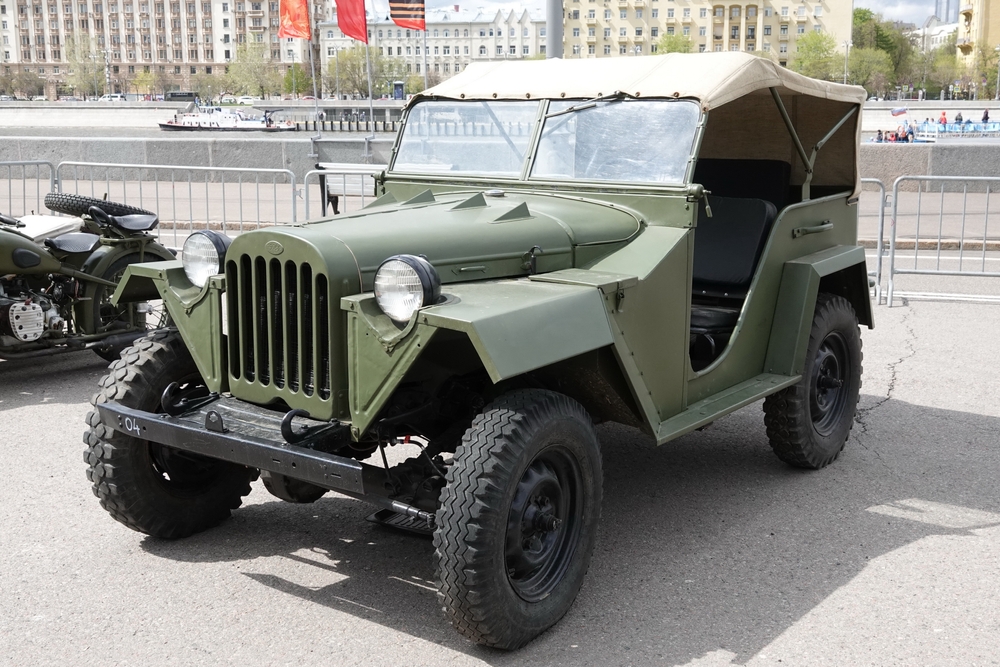
The GAZ-67 was a Soviet light 4×4 vehicle developed during World War II. Powered by a 3.3-liter inline-four engine, it offered rugged off-road performance and simplicity. The GAZ-67 was widely used by the Red Army on the Eastern Front and in post-war conflicts. Its design influenced the development of subsequent Soviet military vehicles, making it an important part of Soviet military history.
This article originally appeared in MyCarMakesNoise.
More from MyCarMakesNoise
20 Stunningly Designed Motorcycles That Turn Heads

Some motorcycles are more than just a means of transportation—they’re works of art that command attention wherever they go. With sleek lines, bold colors, and innovative designs, these bikes are built to turn heads and make a statement. Read More
20 Issues That Arise from Using Cheap Fuel in Your Car

Using cheap fuel in your car might seem like a cost-saving measure, but it can lead to several issues that could end up costing you more in the long run. Low-quality fuel can cause engine knocking, reduce fuel efficiency, and lead to buildup in the fuel injectors, which hampers performance. Read More
20 Formerly Coveted American Coupes That Have Lost Their Luster

Once symbols of style and performance, many American coupes have seen their popularity fade over time. These cars, which were once coveted for their sleek designs and powerful engines, now struggle to maintain the same appeal in a market dominated by SUVs and sedans. Read More

